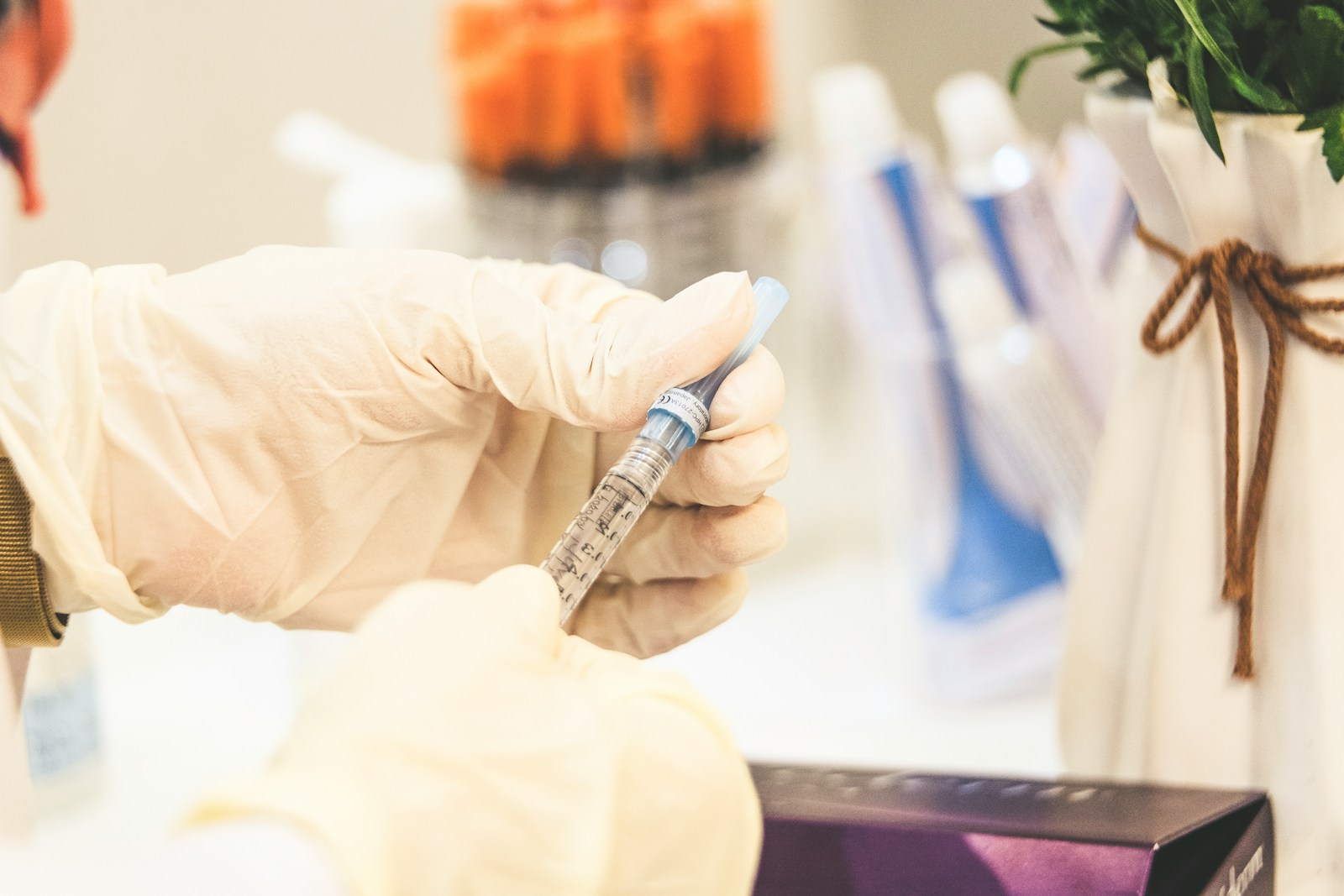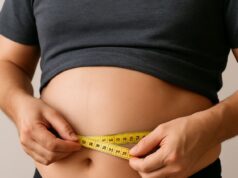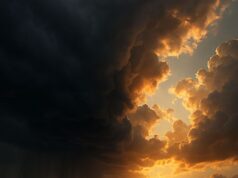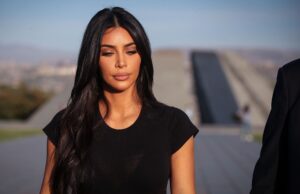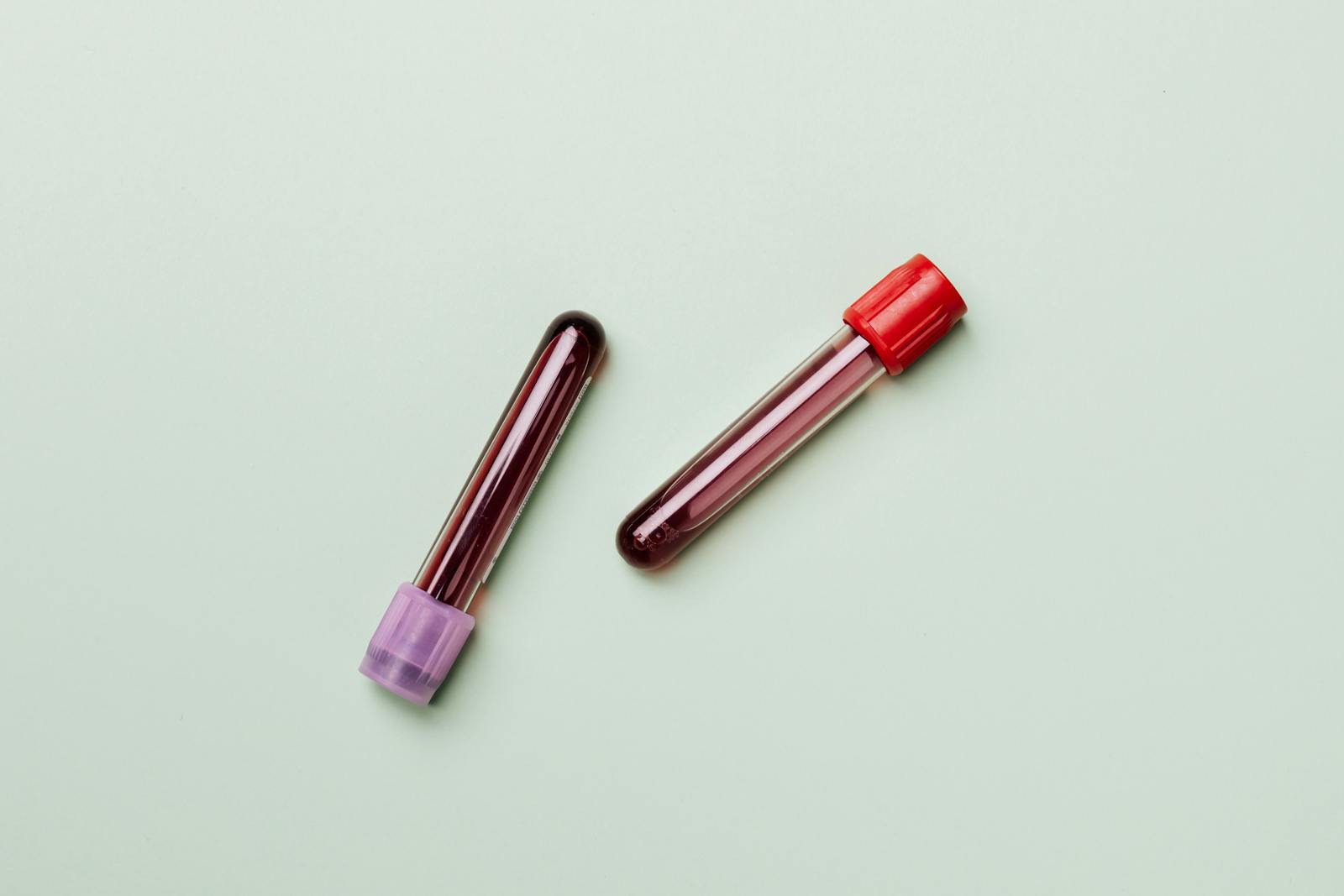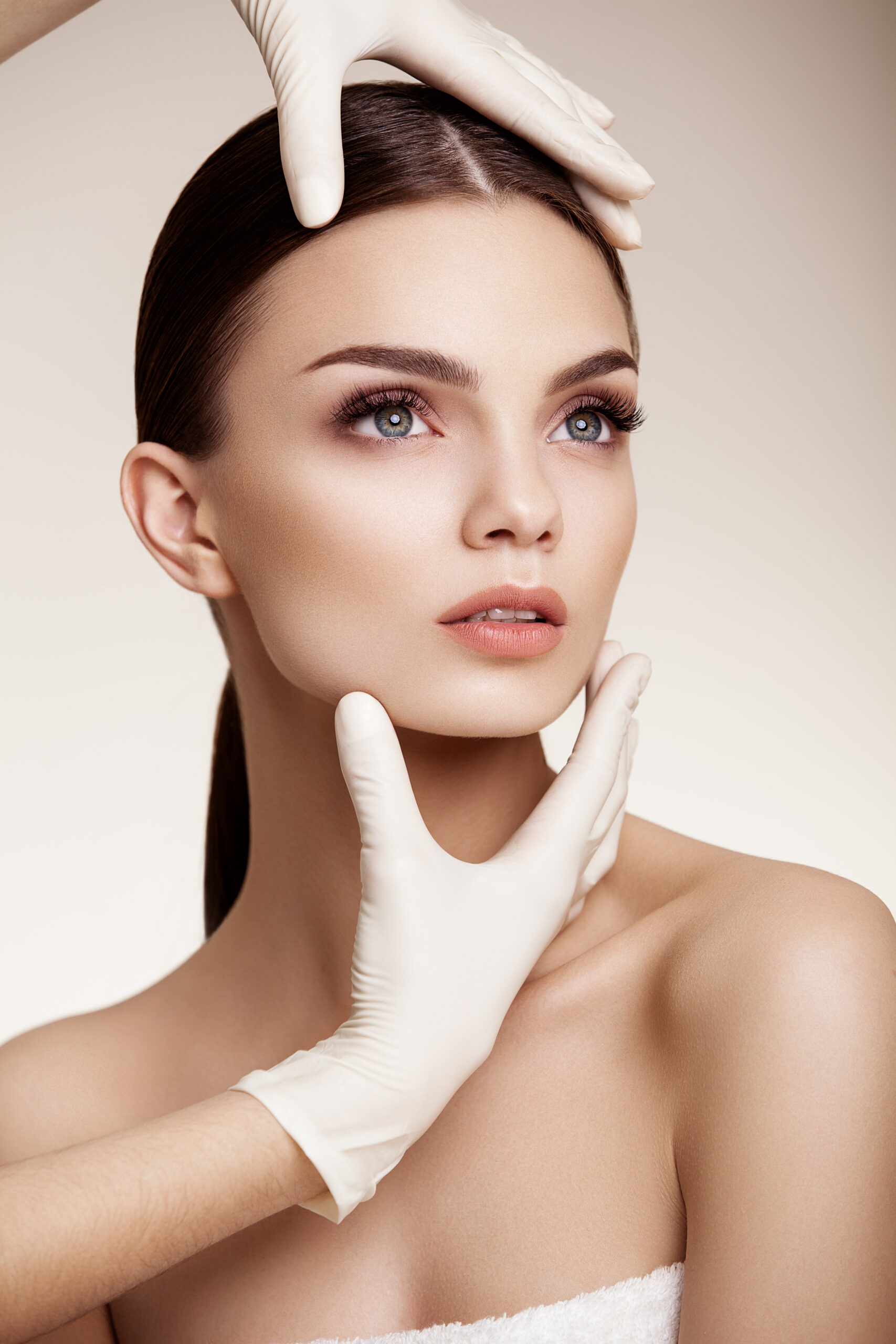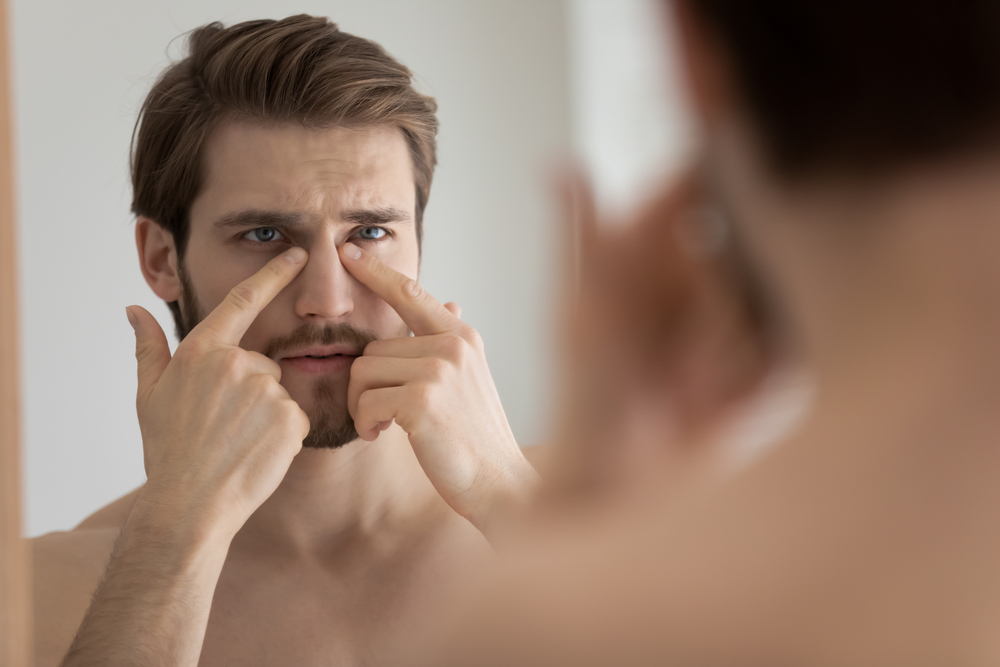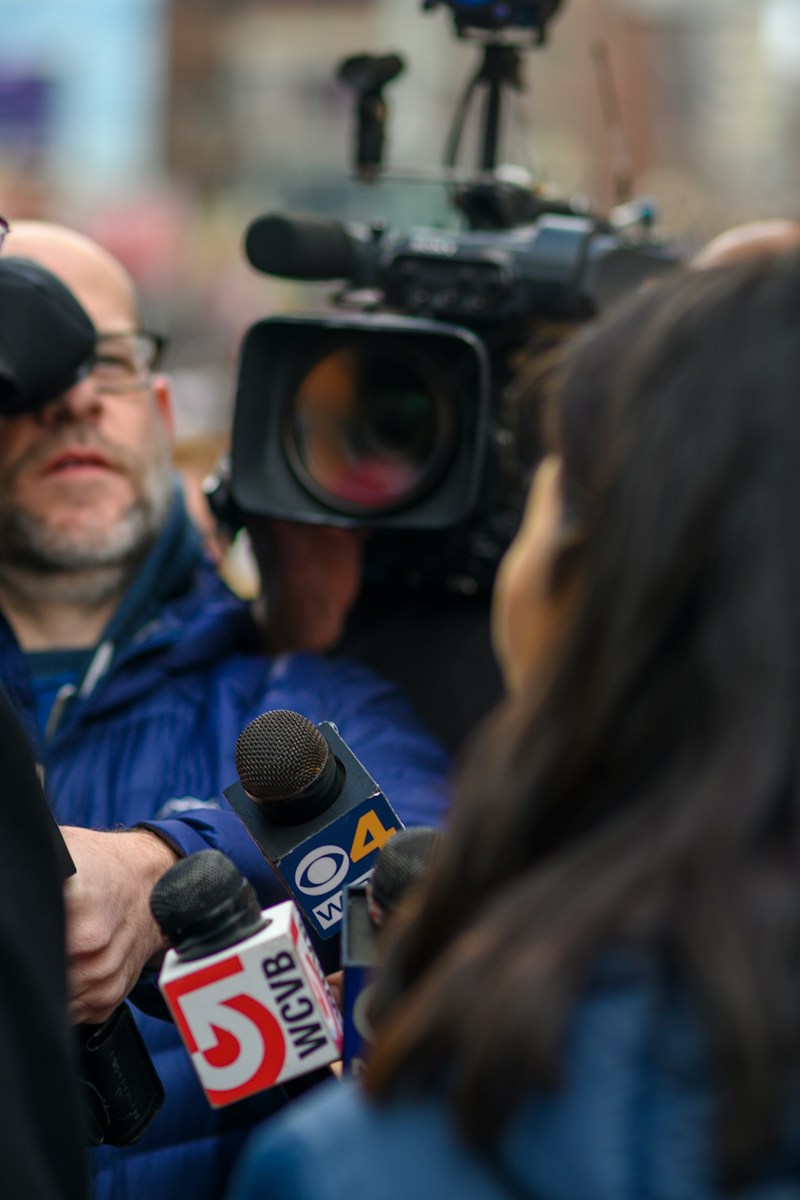As our cultural definition of beauty continuously evolves, we witness significant shifts in aesthetic trends, especially in the context of fashion and personal style. During the late 20th century and the early 2000s, the ‘plastic’ look was often idolized, characterized by overtly polished and symmetrical features. This trend was embodied by the popularity of cosmetic procedures that promised the so-called ‘perfect’ look—sleek nose jobs, pronounced lip fillers, and pronounced bust enhancements were in high demand. Media and celebrities championed this high-maintenance, artificial beauty standard, making it sought after by many.
However, as we progressed into the 2010s, a noticeable shift began to take place. The emergence of social media platforms like Instagram and the growing influence of influencers began to reshape public perception. There was a growing appreciation of uniqueness and authenticity over uniformity. The ‘Instagram Face’—a term coined to describe the homogeneous look of large eyes, full lips, a small nose, and a slender jaw often achieved through digital filters or makeup—remained popular, but its inevitable ubiquity led to eventual fatigue and a craving for more diversity.
This shift is noted not only in casual trends but also in professional spheres. The fashion industry, long critiqued for its narrow standards, slowly began embracing a wider range of body types and faces. Models who might not have fit the mold of the ‘plastic look’ era were now fronting major campaigns and walking the most prestigious runways, their uniqueness celebrated.
The conversation around beauty also began to intertwine with a growing awareness of wellness and mental health. The ‘natural’ look became associated not only with a less made-up appearance but also with a lifestyle that emphasized holistic well-being, environmental consciousness, and authenticity. Beauty routines are now more likely to include skincare focused on health and natural glow rather than heavy makeup— a far cry from the full-coverage foundations of yesteryears.
A crucial component of this trend towards natural aesthetics is the shift in attitude towards aging. Rather than attempting to reverse time with surgical procedures, there’s a growing acceptance of the aging process. This is evidenced by the emergence of ‘pro-age’ cosmetics and a celebration of age diversity in media representations.
As we enter the 2020s, the swing towards natural beauty appears to be deepening. This isn’t to say that cosmetic procedures aren’t still popular; they are, but there’s now a significant demand for them to be subtle, enhancing rather than altering one’s appearance drastically. Terms like ‘baby botox‘ or ‘micro-filler’ have entered the lexicon, signifying treatments that are less invasive with more natural-looking results.
In this dynamic landscape, what remains constant is the continuous change in how beauty is perceived. With technological advancements allowing for more personalized and less invasive options, alongside a societal push for diversity and authenticity, the future of aesthetic trends appears to continue favoring a celebration of the natural—and the uniquely individual.
Through these changes, one can only speculate about future trends. One thing, however, remains clear: the concept of beauty is as dynamic and diverse as the individuals it represents. As society’s values and technological capabilities evolve, so too will the ways in which we seek to express our personal aesthetic ideals.
